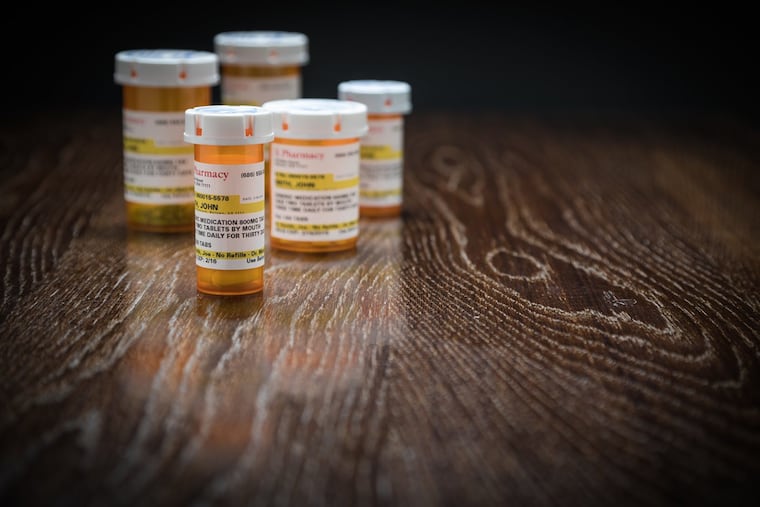Dec. 7 is the deadline to update your Medicare plan for 2022. Make sure your medications are covered.
Just because the medications you take were covered this year doesn’t mean they will be next year. Changes to prescription formularies are among the most common tweaks to Medicare plans.

Nearly 13 million people skipped a needed medication or stretched their doses because they couldn’t afford the drug, while millions more went without needed medical treatment because of cost, according to a new study by the Robert Wood Johnson Foundation and the Urban Institute that analyzed data in the years leading up to the pandemic.
Ever-rising health-care costs are most burdensome to people who are low income or uninsured. But health-care affordability is an issue that cuts across generations and income levels: About 2.6 million Medicare beneficiaries skipped or delayed filling a medication prescription because of cost.
Medicare, the publicly funded health program for adults 65 and older and people with disabilities, is often characterized by good coverage with low out-of-pocket costs. But according to analysis by Robert Wood Johnson researchers, out-of-pocket costs for Medicare beneficiaries vary greatly, depending on your medical needs and the type of plan you choose.
» READ MORE: Medicare open enrollment 2022 questions answered
“It’s tragic that millions of people don’t take needed prescription drugs because they can’t afford them,” Katherine Hempstead, senior policy adviser at the Robert Wood Johnson Foundation, said in a statement. “As we recover from COVID-19 and try to create a more equitable society, ensuring that prescription drugs are affordable must be a policy priority.”
Researchers, who studied insurance and cost data from 2018 and 2019 found:
About 91% of people with Medicare filled at least one medication prescription during the year, with a median out-of-pocket cost of $178 a year. By comparison, about 62% of privately insured adults under age 65 filled at least one prescription, with a median annual cost of $62.
Out-of-pocket prescription costs exceeded $500 a year for about 22% of Medicare beneficiaries and 6% of privately insured adults.
About 25% of Medicare beneficiaries spent more than 1% of their income on medications. About 5% of privately insured adults spent 1% or more of their income on medications.
The findings are a reminder why it is so important to review your Medicare plan every year during the annual fall enrollment period, which ends Dec. 7.
» READ MORE: Here’s what to know for 2022 Medicare open enrollment
People with Medicare have two options for prescription drug coverage:
A Medicare Advantage plan with drug coverage. Medicare Advantage plans are managed by private insurers and may offer extra benefits, like prescription coverage, but often have more limited doctor networks.
A stand-alone Part D prescription plan to add on to traditional Medicare. People with traditional Medicare often also buy a supplemental plan to help cover out-of-pocket costs.
» READ MORE: Medicare Advantage consumers may have trouble finding unbiased help. Here’s what to look out for.
Just because the medications you take were covered this year doesn’t mean they will be next year. Changes to prescription formularies are among the most common tweaks to Medicare plans.
A drug formulary is a list of medications covered by a health plan, organized by “tier.” Plans often require members to try a drug from a lower-level tier before agreeing to pay for a higher-tier drug, or require people to pay more out-of-pocket to access higher-tier medications.
Use Medicare’s online plan-finder tool to estimate drug costs by plan and compare options at medicare.gov/plan-compare.